Introduction
The Mississippi River is not as wide here as in other nearby locations, hence this spot became known as The Narrows and gave Fulton and Clinton an advantage over other river communities. The first Dutch settler, Thomas Smith, arrived in Fulton in 1856, and, remarkably, the city has maintained a strong Dutch identity to this day.
Visitor Information
Information about Fulton is available at the windmill, De Immigrant (1st St. & 10th Ave.; 815.589.4545) and the Fulton Chamber of Commerce (415 11th Ave.; 815.589.4545).
History
Long before Europeans arrived in this area, Native Americans (Ho Chunk, Pottawattamie, and Mesquakie) were drawn here for its plentiful game and relatively easy Mississippi River crossing. When Europeans began to arrive in the 19th century, remnants of a large Native American village were still visible.
The first European settler was John Baker, who arrived in 1835, which explains why the town was first called Baker’s Ferry. He built a three room log cabin near Cattail Creek, and by 1837, he had been joined by his nephew, John W. Baker, and 27 other settlers. The new settlement was named in honor of Robert Fulton, the inventor who counted advances in steamboat technology among his innovations. The post office was established in 1838, with John Baker as the first postmaster. It was a cush job in the early years—mail arrived only three times a month. In 1840, Caleb Clark received the first license to operate a ferry, kicking off an industry that would last for nearly a century. Other new arrivals during this period were Michael and Catherine Reagan, immigrants from Tipperary County, Ireland, whose great-grandson, Ronald, would become President of the US in 1980.
Like much of the country, Fulton experienced a wave of industrial growth and an influx of immigrants around the turn of the century. New industries included the Hellerstedt Carriage Company and the Ohio Stove Company which became the Mississippi Valley Stove Factory. Many of the immigrants were Dutch.
Fulton’s industrial base was similar to its neighbors—a few sawmills, lime kilns, and a railroad roundhouse—but Fulton also was a center for clay pipe manufacturing, because of the exceptional quality of the local clay. Nick Gerten opened the first factory in 1869; he was joined by three other factories in short order. At their peak, the four factories produced 72,000 clay pipes every month for use in shooting galleries and as souvenirs. The last factory closed in the 1930s. Fulton was also home to the Patent Novelty Company. Beginning in 1906 the company manufactured the So-E-Z Dustpan—gather up that dust without bending over!—and eventually made over a million of them a year, in spite of the occasional explosion that resulted from the combustible production process. The company expanded its production line to include mail boxes, kitchen racks, curling iron racks, and other modern conveniences. It is now called the Fulton Corporation and is still churning out mailboxes and dustpans.
Exploring the Area
Fulton is working hard to preserve the heritage of its Dutch ancestors. Judging by the giant windmill next to the river called De Immigrant (1st St. & 10th Ave.; 815.589.4545), they are doing a fine job of it, too. The windmill is an authentic, functional Dutch windmill that was completed in 2000. Take a free tour of the windmill, then stop at the gift shop and buy flour that was milled on-site.
The Windmill Cultural Center (10th Ave. & 1st St.) exhibits a fascinating collection of windmill models.
The Fulton (Martin House) Museum (707 10th Ave.; 815.589.3809 or 815.589.3587), a two-story brick home whose pedigree stretches back to 1855, has a collection of exhibits about the town’s Dutch history, the Reagan connection, and samples of products made in Fulton, including a very cool coal-burning stove.
Also worth a look is Heritage Canyon (515 N. 4th St.; 815.589.4545), a replica of a historic village tucked into a narrow hallow near the Mississippi. Actors in period costumes wander the grounds during special events such as Dutch Days, the Fall Festival, and the Christmas Walk.
Fulton Catholic Cemetery (N. 4th St. at northern city limits; 815.589.3153) is the final resting place for several ancestors of Ronald Reagan, including his great-grandparents Michael (1829–1884) and Catherine Reagan (1829–1908). The Reagan graves are on the highest hill.
First Reformed Church (510 15th Ave.; 815.589.2208) is the mother church for the local Dutch Reformed community, with a congregation that began in 1866. The building was completed in 1885 and has renovated a few times. Several churches spun off, including Second Reformed Church (703 14th Ave.; 815.589.3425) whose members wanted English-language services. Their church was completed in 1916.
Just north of town, Lock and Dam #13 (Lock Rd.; 815.259.3628) opened for service in 1939 and underwent a major overhaul in the 1990s. The public areas include opportunities for fishing, wildlife viewing, picnicking, and barge watching. From Memorial Day to Labor Day, the Corps offers a free guided walking tour on Sundays at 1pm.
Parks Along the Mississippi River
Next to the windmill, Den Besten Park (815.589.2616) is a pleasant place to picnic, but you’ll have to walk to the top of the levee to see the river.
Sports & Recreation
When the glaciers were retreating at the end of the last ice age (about 13,000 years ago), an ice dam 40 miles downstream diverted the flow of the Mississippi River and created a pool that extended up to Savanna. As the flow of water slowed, sediment settled to the bottom, creating a sandy base. The ice dam eventually broke and the Mississippi returned to its previous course, in the process draining the lake and creating sand prairies. Many of the prairies have been lost to development, but there are still a few remnants, including the Thomson-Fulton Sand Prairie Nature Preserve (Railroad Lane; 815.244.3655). To get there from Illinois Highway 84, turn west on Lock Road, then take the first right. The preserve is one mile on the west side of the road. There is a gate another 0.2 miles further on Railroad Lane where you can park. There are no groomed trails, so step carefully to avoid damaging any rare plants.
The 62-mile Great River Trail that runs from Rock Island to Savanna passes through Fulton.
Culture & Arts
As you head toward the windmill, you’ll be greeted by the Fishing Dutchman (10th Ave between 2nd & 3rd Sts.), a sculpture crafted from sheet metal (except for the oversized wooden shoes).
Entertainment and Events
Farmers Market
The Fulton Farmers Market (19670 Waller Rd.) operates on Tuesday evenings (3-6) and Saturday mornings (8a-noon).
Festivals
The big event of the season is Dutch Days, when the town celebrates its Dutch heritage during the first weekend in May
The Fulton Fall Festival takes place the second weekend of October. Call to confirm dates and to get a schedule of events (815.589.2616).
**Looking for more places to visit along the Mississippi River? Check out Road Tripping Along the Great River Road, Vol. 1. Click the link above for more. Disclosure: This website may be compensated for linking to other sites or for sales of products we link to.
Where to Eat and Drink
The Fulton Meat Market (211 11th Ave.; 815.589.3213) has the usual supplies for the meat lover, plus treats like smoked herring and other Dutch food products. They also sell a variety of prepared foods, in case you want to get supplies for a picnic lunch next to the river. From April to October they run a very popular barbecue on Saturday afternoons.
Krumpets Restaurant & Bakery (1016 4th St.; 815.208.7143) serves up hearty breakfasts to help you get your day started, but they also offer beautiful, tasty pastries if you want something lighter but sweeter. The pastry case is typically filled with a nice selection of bars, macarons, cookies, cream puffs, cupcakes, and pie.
Just north of town, Schafer Fisheries (21985 Waller Rd.; 800.291.3474), one of a dying breed of commercial fisheries along the Mississippi River, is another place to stock up for a picnic lunch. Stop in to buy live or smoked catfish, buffalo fish, carp, or frozen seafood from around the country (clams, alligator, shrimp) for that Mississippi bankside clambake.
Where to Sleep
Additional lodging options are available across the river in Clinton, Iowa.
Camping
Free, primitive camping is available at Lock and Dam #13 Recreation Area (Lock Rd.; 815.259.3628); the five sites are located by the fire pits, just before the pit toilets.
Resources
- Schmaling Memorial Library District: 501 10th Ave.
- Post Office: 915 4th St.; 815.589.2020.
- Newspaper: Fulton Journal (815.589.2424).
Community-supported writing
If you like the content at the Mississippi Valley Traveler, please consider showing your support by making a one-time contribution or by subscribing through Patreon. Book sales don’t fully cover my costs, and I don’t have deep corporate pockets bankrolling my work. I’m a freelance writer bringing you stories about life along the Mississippi River. I need your help to keep this going. Every dollar you contribute makes it possible for me to continue sharing stories about America’s Greatest River!
Fulton Photographs
©Dean Klinkenberg, 2009,2019
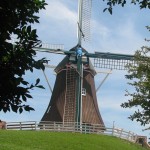
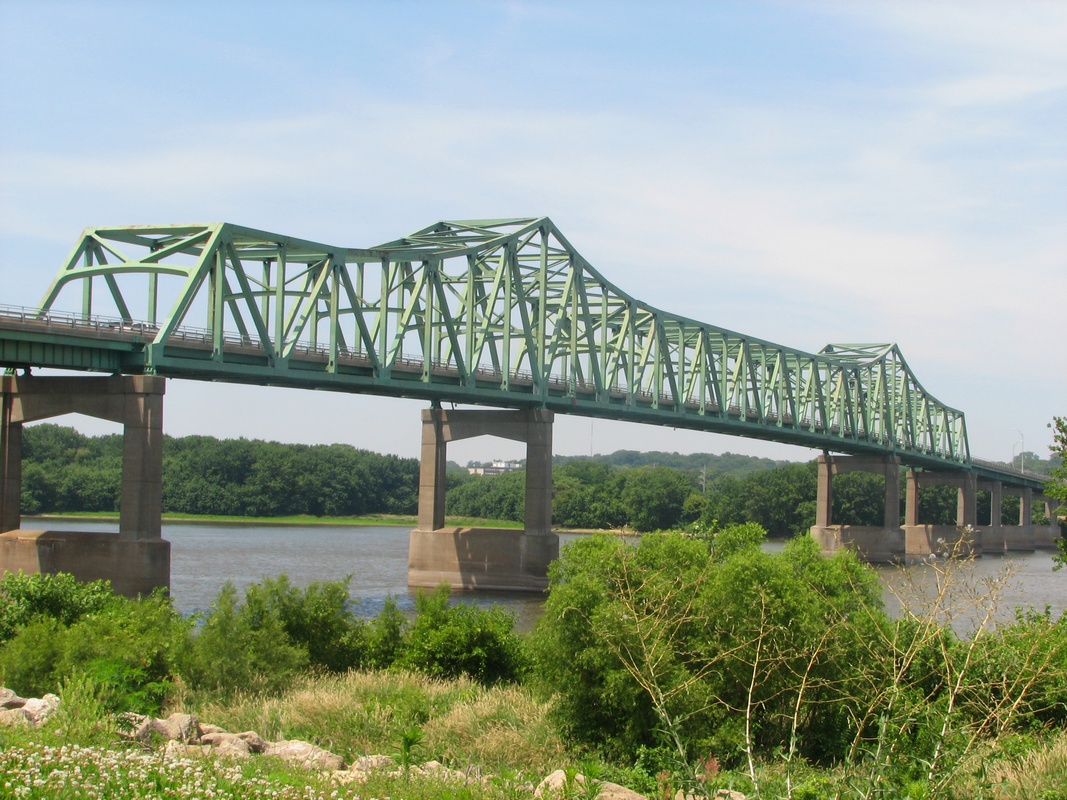
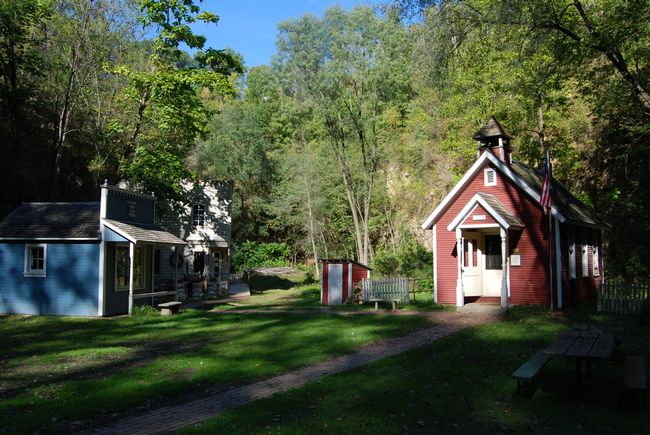
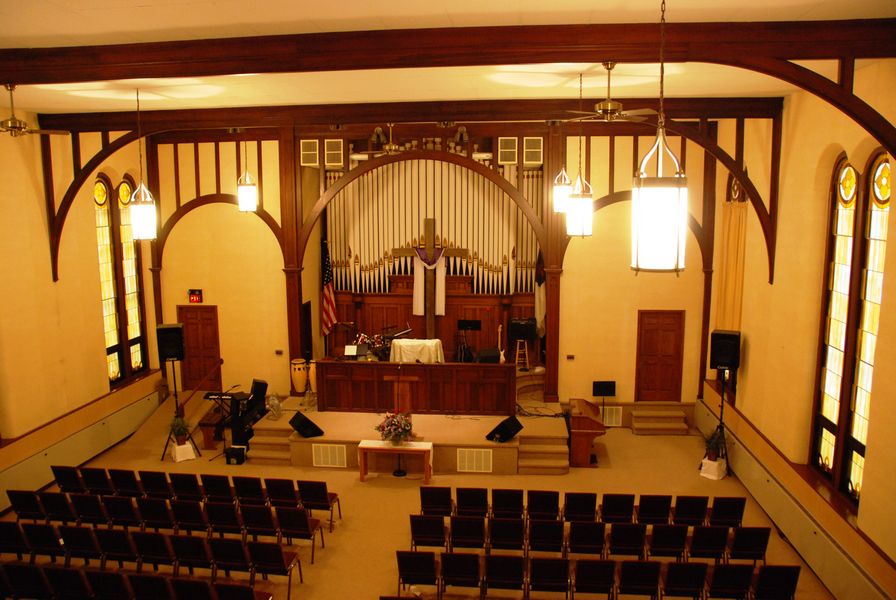
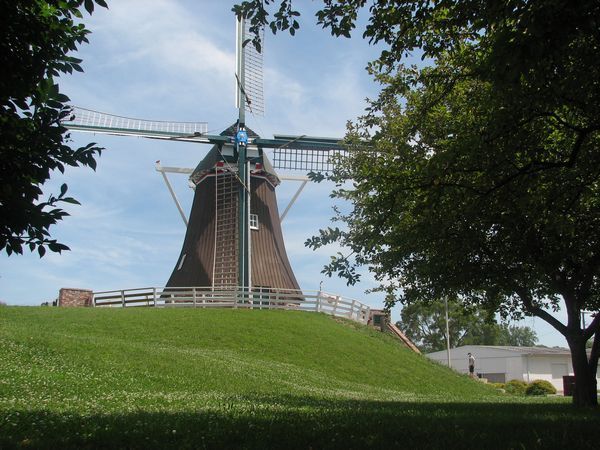
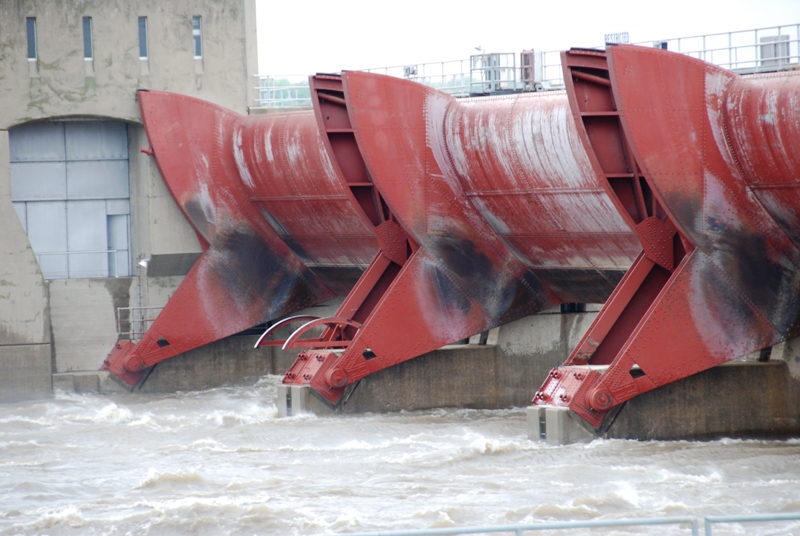
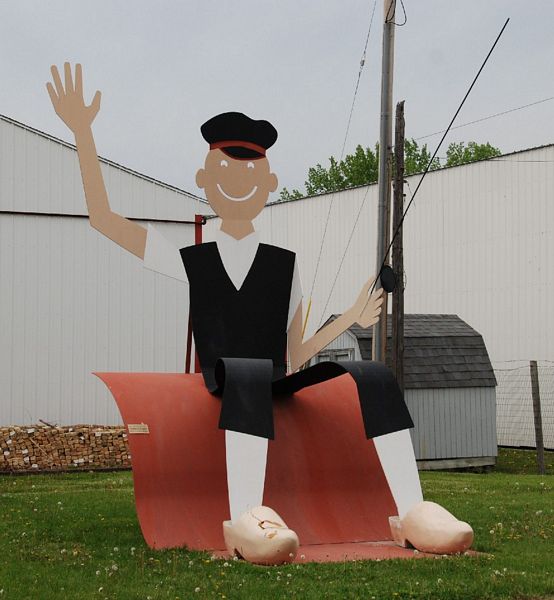
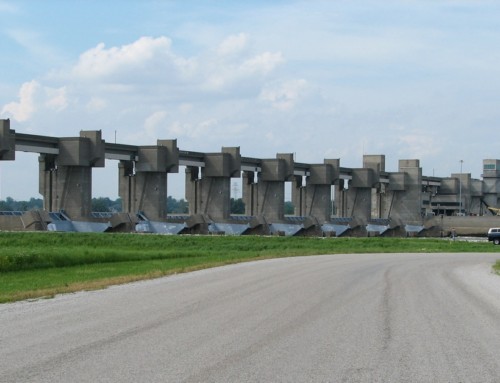
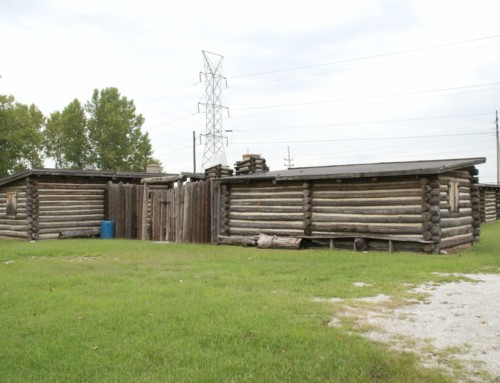
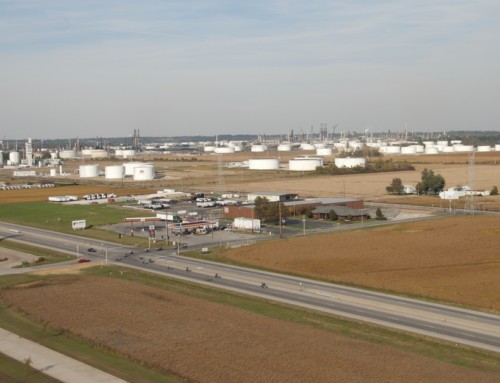
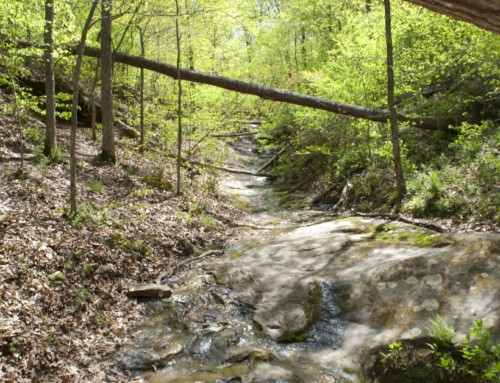
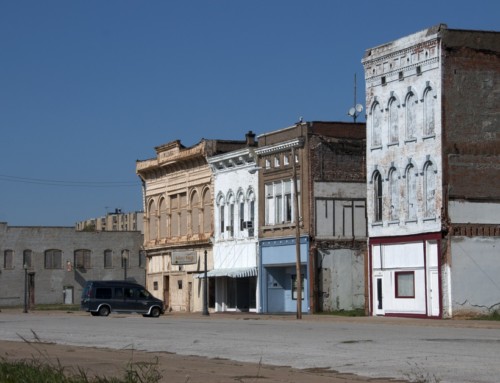
does anyone know where the old ohio/mississippi stove factory was located in fulton/ thanks